Saturday, November 17, 2007
 NASA is now accepting applications for its 2009 astronaut class. The agency is looking for a few men and women who want to fulfill their dreams and be a part of the next generation of explorers.
NASA is now accepting applications for its 2009 astronaut class. The agency is looking for a few men and women who want to fulfill their dreams and be a part of the next generation of explorers.
"We look forward to gathering applications and then being able to select from the largest pool possible," said Ellen Ochoa, NASA's chief of Flight Crew Operations at the Johnson Space Center. "Continuing our impressive record in successfully carrying out challenging human spaceflight missions depends on maintaining a talented and diverse astronaut corps."
To be considered, a bachelor's degree in engineering, science or math and three years of relevant professional experience are required. Typically, successful applicants have significant qualifications in engineering or science, or extensive experience flying high-performance jet aircraft.
Teaching experience, including work at the kindergarten through 12th grade level, is considered qualifying. Educators with the appropriate educational background are encouraged to apply.
The open positions are for astronaut candidates to train for tours of duty on the International Space Station, the largest human spacecraft ever built. It is also the site for research that will prepare NASA for future long-duration human missions to the moon and other destinations. The Constellation Program is responsible for building and operating the next-generation vehicles that will carry astronauts to the space station and the moon.
Applicants must meet physical standards and educational requirements, which include a bachelor’s degree in engineering, math or science and at least three years of experience in one of these fields. Teaching experience, including experience at the K-12 level, is considered to be qualifying experience; therefore, educators are encouraged to apply.
The open positions require extensive travel on Earth and in space. Possible destinations may include, but are not limited to, Texas, Florida, California, Russia, Kazakhstan, the International Space Station and the moon.
Unfortunately, the application was only opened to U.S. citizens, both civilian and military, who are qualified and super-motivated can apply for these positions. Women and minorities are encouraged to apply. The deadline is July 1, 2008.
NASA HAS SPACE FOR YOU!
To Apply: visit http://www.usajobs.gov
Angkasawan Topics: Astronaut News
 The Angkasawan Programme is the Malaysian national programme to send the first Malaysian to space. The Malaysian will join two other cosmonauts aboard a Soyuz space craft that will rendezvous with the International Space Station, which is in orbit around the Earth at an altitude of approximately 360 km. The Angkasawan will carry out scientific researches on board the space station.
The Angkasawan Programme is the Malaysian national programme to send the first Malaysian to space. The Malaysian will join two other cosmonauts aboard a Soyuz space craft that will rendezvous with the International Space Station, which is in orbit around the Earth at an altitude of approximately 360 km. The Angkasawan will carry out scientific researches on board the space station.
The programme is part of an offset agreement between Malaysia and Russia in relation to Malaysia’s purchase of Russian-made Sukhoi-30MKM fighter jets. Through this package, the Russian government agreed to train two Malaysians, one of which will make the journey while the other one will act as his backup. The Russian Government will bear the costs.
The Malaysian astronaut is officially called the Angkasawan, which means astronaut in the Malaysian language. The two Angkasawan candidates who are now undergoing training were selected out of over 11,000 applicants in an open selection process which started in October 2003 and ended in September 2006.
The Angkasawan Programme is a giant step for Malaysia in developing its scientific and technological capabilities and in buiding its international image. The programme is hoped to spur Malaysians to develop interests in space studies in particular and science and technology in general, and encourage local scientific and space industries. It is also designed to instil a sense of can-do spirit especially amongst the younger Malaysians.
The Angkasawan Programme is only a step in Malaysia’s involvement in space. The Angkasawan Programme, in essence, marks the beginning of a new and exciting chapter in the history of Malaysia.
via Angkasawan
Angkasawan Topics: Angkasawan Malaysia Intro
Thursday, November 15, 2007

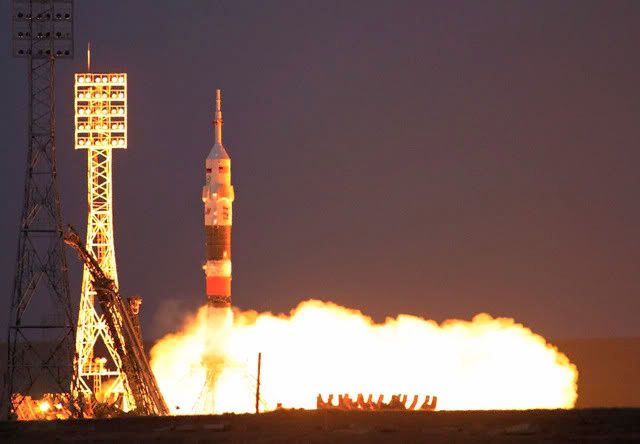
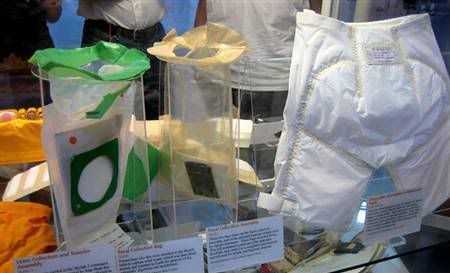
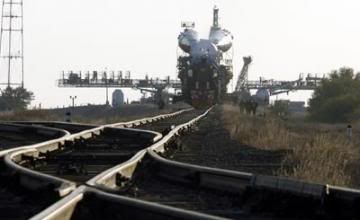

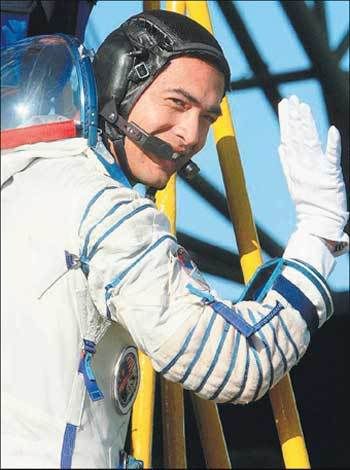
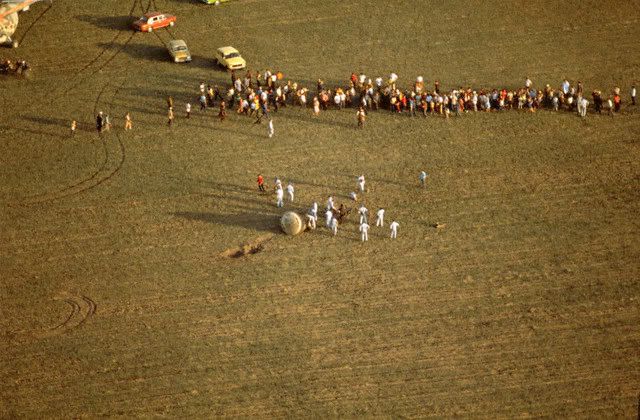
thanks to vangardx.net
Angkasawan Topics: Angkasawan Malaysia Photos
Wednesday, November 14, 2007
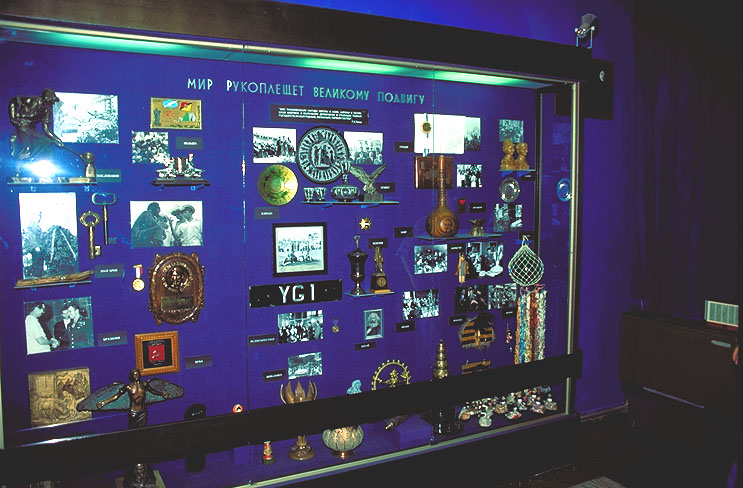
Some of the many memorabilias of Yuri Gagarin in the Museum
We arrived in Moscow on the morning of 27th September. It was approaching winter, and colourful autumnal trees, bustling in all hues of red, orange, yellow and the occasional green, were busy shedding their leaves. It was cold although not as cold as we expected. For sure it was going to get colder.
A few days passed before we embarked on a short trip to our real destination, Star City, where Sheikh and I will be based to undergo our training. The Russian name for Star City is Звёздный Городо́к (Zvyozdny gorodok), which
literally means little town of stars. It is where the Russians and the old Soviet Union train their cosmonauts, and for
the next 12 months, this will be our temporary home. This will be our second trip to Star City. The first time was earlier in the summer during the final four stages of the selection process.
Star City is not that far from Moscow, about 25 km to the northeast of the Russian capital, and our journey to Star City took only about an hour. On the way, we passed through wide open Russian countryside along small lonely roads weaving through thick forests of tall thin trees.

A view of Star City
Star City is also known as the Yuri Gagarin Cosmonaut Training Center, named after the world's first space traveler and the first to graduate from the Star City regiment of tests and simulators. It was set up in 1960, and the first cosmonauts and their family members, including Yuri Gagarin, moved in the new facility at the beginning of June 1960.
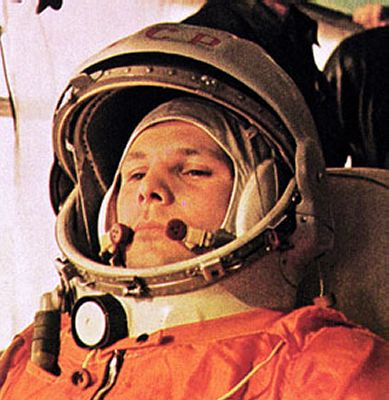 In actual fact the Training Centre is only one aspect of the city. Like any other permanent military base, it is self-contained. It has 3 grocery stores, a bank, a school, a tiny post office and other regular amenities that fulfill your basic needs. In fact, outside of the Training Centre, it is a normal rural city – a very nice one, with lakes, forests and very fresh air. Kids go to school and the mothers go to shop. An interesting fact is that many cosmonauts, including those who were there during Yuri Gagarin’s time, still live here with their children and grandchildren.And there is the much-visited Yuri Gagarin Memorial Museum, which houses the largest collections of documents and materials on history of manned cosmonautics in Russia. It is housed in a building called House of Cosmonauts or 'Dom Kosmonavtov' in the Russian language, which is like a big community centre. The museum's four halls contain unique displays reflecting all stages of manned spaceflights - from the legendary VOSTOK spacecraft through the MIR orbital complex, as well as development of international cooperation in space.
In actual fact the Training Centre is only one aspect of the city. Like any other permanent military base, it is self-contained. It has 3 grocery stores, a bank, a school, a tiny post office and other regular amenities that fulfill your basic needs. In fact, outside of the Training Centre, it is a normal rural city – a very nice one, with lakes, forests and very fresh air. Kids go to school and the mothers go to shop. An interesting fact is that many cosmonauts, including those who were there during Yuri Gagarin’s time, still live here with their children and grandchildren.And there is the much-visited Yuri Gagarin Memorial Museum, which houses the largest collections of documents and materials on history of manned cosmonautics in Russia. It is housed in a building called House of Cosmonauts or 'Dom Kosmonavtov' in the Russian language, which is like a big community centre. The museum's four halls contain unique displays reflecting all stages of manned spaceflights - from the legendary VOSTOK spacecraft through the MIR orbital complex, as well as development of international cooperation in space.I hope I have done some justice to Star City in my description. I wish I
can do better, and there is so much more I want to say, but I’m just not that
good at writing like this. I just feel very honoured to be here, and to say that
I’m feeling overwhelmed by the whole experience is an understatement.In the next
entry, we will try to describe what our life in Star City is like.
To my fellow Malaysians, and to others who have sent their support to us,
we like to thank you from the bottom of our hearts.
Angkasawan Malaysia
Angkasawan Topics: Angkasawan Malaysia Diary
Wednesday, November 7, 2007
Achievement
To send a Malaysian Angkasawan(TM) to the International Space Station (ISS) in 2007 signalling a giant step in the nation’s march towards the future.
Expertise
To gain knowledge and experience from Russia and other countries as a platform for Malaysia to develop further its technological and scientific capabilities and expertise.
Identity
To instill in Malaysians a unity of purpose and generate amongst Malaysians a sense of national identity and pride.
Inspiration
To inspire all Malaysians to strive for excellence and to inspire young Malaysians to explore new areas of science and technology.
Angkasawan Topics: Angkasawan Malaysia Aim
Education is the core mission of the Angkasawan Programme. The programme enables the nation to explore frontiers of education in science, technology and engineering, in ways never before envisaged by Malaysians.
The Angkasawan Programme aims to involve scientists, educationists, parents, the general public and students (the next generation of explorers) during all phases of selection, training and flight process in multiple and inspirational ways.
Scientists, students, educationists, parents and the public who are interested in participating in the programme in their own way are linked to a web based initiative, educating and informing them of the Angkasawan Programme activities.
Angkasawan Topics: Angkasawan Malaysia Vision
The Angkasawan Programme is the Malaysian national programme to send the first Malaysian to space. The Malaysian will join two other cosmonauts aboard a Soyuz space craft that will rendezvous with the International Space Station, which is in orbit around the Earth at an altitude of approximately 360 km. The Angkasawan will carry out scientific researches on board the space station.
The programme is part of an offset agreement between Malaysia and Russia in relation to Malaysia’s purchase of Russian-made Sukhoi-30MKM fighter jets. Through this package, the Russian government agreed to train two Malaysians, one of which will make the journey while the other one will act as his backup. The Russian Government will bear the costs.
The Malaysian astronaut is officially called the Angkasawan, which means astronaut in the Malaysian language. The two Angkasawan candidates who are now undergoing training were selected out of over 11,000 applicants in an open selection process which started in October 2003 and ended in September 2006.
The Angkasawan Programme is a giant step for Malaysia in developing its scientific and technological capabilities and in buiding its international image. The programme is hoped to spur Malaysians to develop interests in space studies in particular and science and technology in general, and encourage local scientific and space industries. It is also designed to instil a sense of can-do spirit especially amongst the younger Malaysians.
The Angkasawan Programme is only a step in Malaysia’s involvement in space. The Angkasawan Programme, in essence, marks the beginning of a new and exciting chapter in the history of Malaysia.
Angkasawan Topics: Angkasawan Malaysia Intro

